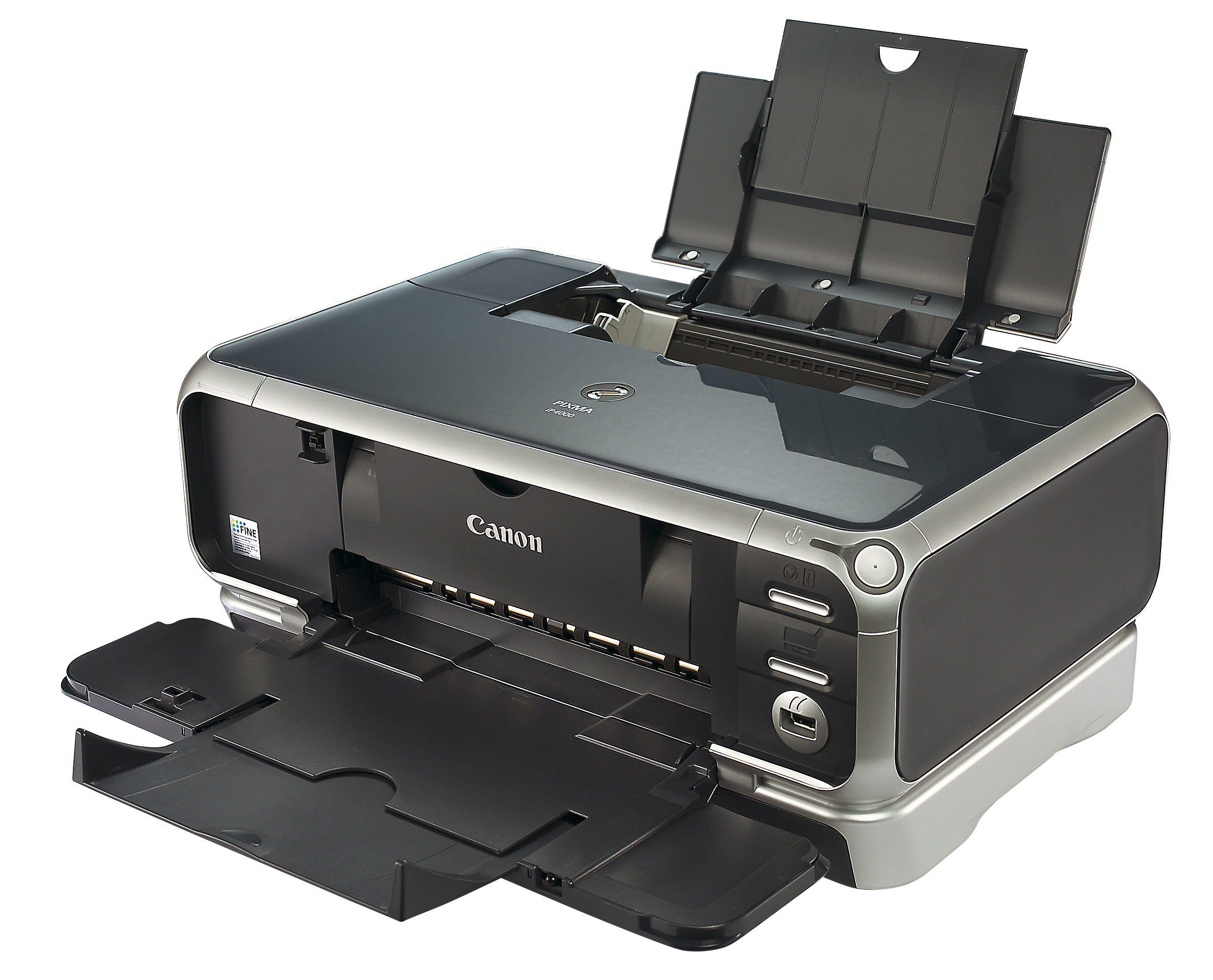TechRadar Verdict
Fast budget printer that's a good all-rounder. Good results for three colours and comes with lots of features.
Pros
- +
Separate ink tanks
Built-in CD tray
Dual paper sources
Second black ink
Cons
- -
Slightly yellow prints
Lightfast issues
Why you can trust TechRadar
There's almost everything on this stylish printer except the proverbial kitchen sink, including dual paper trays, integral duplexing unit and a CD printing tray. As an all-round office/photo printer it's hard to beat.
At the heart of the iP4000 are three coloured inks and two black inks. Considering the small number of inks in use the results are impressive. Part of the reason for the good image quality is a second lighter black that makes for good detail in the shadows.
Individual ink cartridges with transparent walls mean you can visually check on the remaining ink stocks by lifting the printer's lid. Or you can also check via the printer software utility.
As well as switchable dual paper trays, the iP4000 also has a built-in CD tray so you can print directly onto printable DVDs and CDs. It's a great feature and adds a professional look to homemade discs. The software supplied for CD labelling is a bit archaic, and it would be nice if Canon freshened it up a little.
For paper misers or green types there's a built-in duplex unit so you can print on both sides of a sheet of paper. You'll have to use relatively thick paper, though, as print-through can be a bit of a problem.
Image quality is for the most part very good indeed. Text is sharp and appealing while the colours are lively and vibrant. The supplied printer profiles do tend to veer towards yellow, but the black and white test was excellent. Overall the results are good with only a little bit of banding to spoil things.
If you want to pay a little extra for Wi-Fi capability then you can buy the Pixma iP4000R, which will enable you to print without wires over your AirPort network. It's a good way of sharing a printer and doesn't cost a great deal more.
Tech.co.uk was the former name of TechRadar.com. Its staff were at the forefront of the digital publishing revolution, and spearheaded the move to bring consumer technology journalism to its natural home – online. Many of the current TechRadar staff started life a Tech.co.uk staff writer, covering everything from the emerging smartphone market to the evolving market of personal computers. Think of it as the building blocks of the TechRadar you love today.
